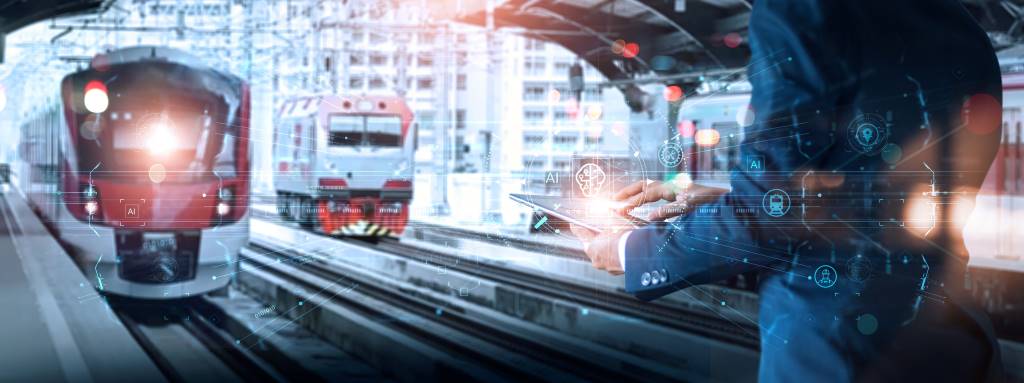Why Rail Budget is Included in the Union Budget

The integration of the Rail Budget happened with the Union Budget in 2017. It marked a significant shift in India's fiscal landscape. For decades, the Rail Budget was presented separately, reflecting the unique importance and challenges of the Indian Railways. In this article, we explore the reasons behind this integration and understand its implications.
Why rail budget was separate?
Let us look into the history of the Rail Budget and its separate presentation. The practice dates back to colonial times when the railways were the lifeline of British India. The practice was started in 1924 when railways had a significant part of the government revenues and India's Gross Domestic Product. Even after independence, the Rail Budget remained distinct, emphasizing the crucial role of the railways in India's development, and the trend continued.
Rail Budget Inclusion in Union Budget
A white paper was submitted by the Niti Aayog to let go of the separate railway budget. The recommendation was made to the railways minister, Suresh Prabhu. He later wrote a letter to then finance minister Arun Jaitley to merge the railway budget with the Union Budget. He brought the matter up in the Rajya Sabha in 2016, and the process to merge the two budgets was set in place. In 2017, for the first time, the railway budget was part of the Union Budget.
Reasons to Merge Railway Budget
Here are some reasons why the railway budget was merged with the Union Budget:
Policy Cohesion
One of the key reasons behind this integration was to align railway policies with broader economic policies. Previously, the Rail Budget was often criticized for being populist, focusing more on fare concessions and new projects rather than financial viability and efficiency. The integration allowed for better coordination between the railway and economic policies.
Operational Efficiency
Operating as a separate entity had its challenges for the Indian Railways. It led to fragmented planning, budgeting, and decision-making processes. Integration into the Union Budget streamlined these processes, facilitating better resource allocation and efficiency in operations.
Transparency and Accountability
Another significant benefit of integrating the Rail Budget with the Union Budget was enhanced transparency and accountability. Earlier, it was challenging to ascertain the actual financial health of the railways due to the fragmented reporting system. Now, with consolidated budgetary allocations, it's easier to track expenditures and hold authorities accountable.
Impact on Infrastructure Development
The integration has also influenced infrastructure development in the railways sector. With a unified budgetary approach, there is greater flexibility in allocating funds to priority areas such as modernization, safety upgrades, and network expansion. This has the potential to accelerate the pace of infrastructure development in the Indian Railways
Before you go
The integration of the Rail Budget into the Union Budget represents a significant structural reform aimed at enhancing fiscal transparency, policy coherence, and operational efficiency in the Indian Railways. Since 2017, the practice has continued. This year, Finance Minister, Nirmala Sitharaman, will present the interim budget on 1 February 2024.
 Top Mutual Funds
Top Mutual Funds

